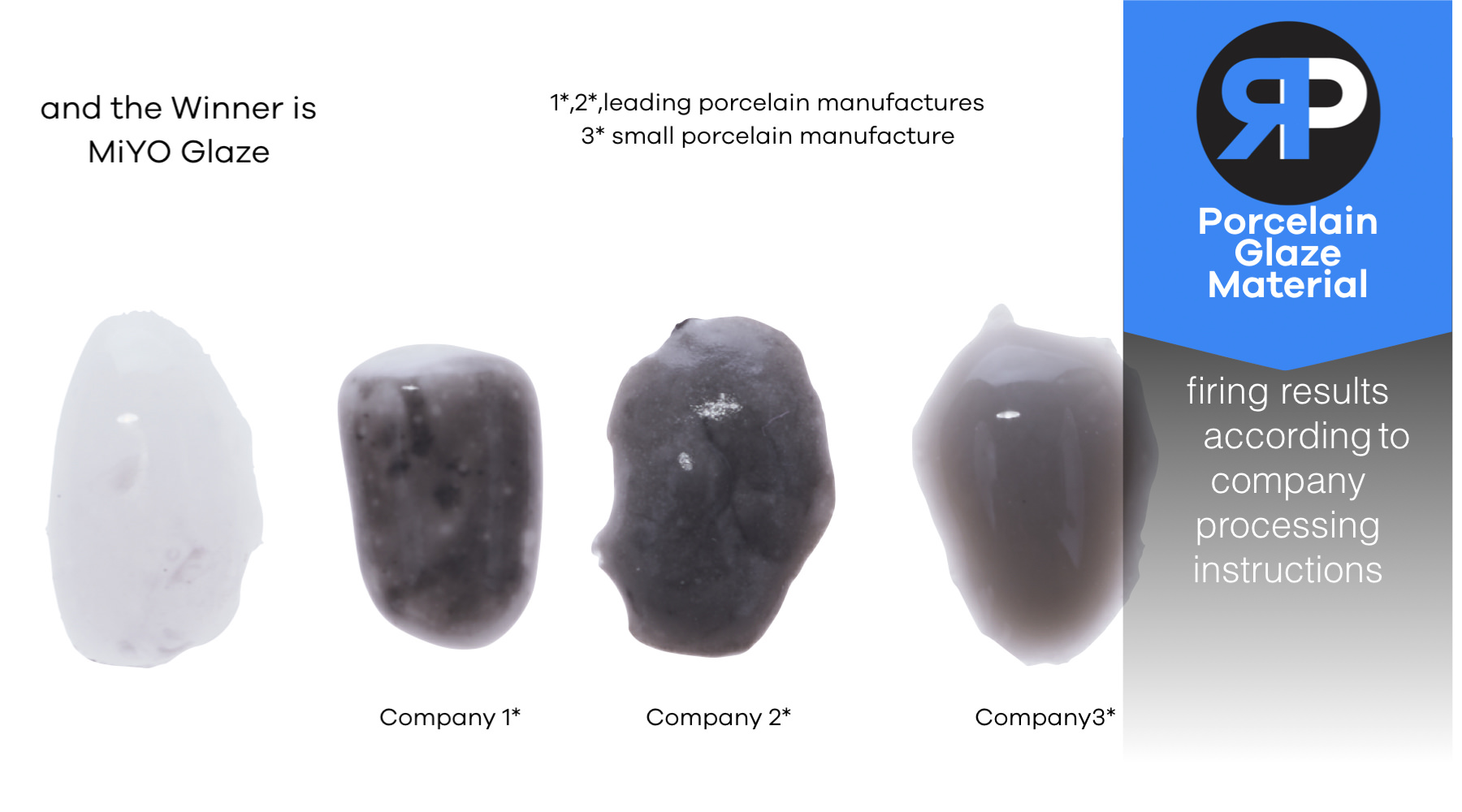Partial Anodontia Treatment - Zirconia bridges and crowns - Diagnosis and Planning
Planning and implementation of a partial anodontia therapy using Lava™ Plus zirconium oxide frameworks.
Before the appropriate treatment concept can be decided upon, a detailed anamnesis of the course of the disease, a type analysis of the patient and the status quo of the oral situation are essential. The decision as to whether dental bridges and crowns or an implant-based rehabilitation strategy is appropriate should therefore always be made on a situational basis and with the close involvement of the patient.
Agenesis of permanent teeth, also known as partial anodontia, is a common problem. Recent studies have shown that the incidence of anodontia is increasing. When lateral incisors are missing, parents, dentists and orthodontists are tasked to make the right decisions at an early stage – i.e. during the early years of the young patient’s life. Furthermore, this early decision will determine the dental health and physical appearance of the patient for a whole lifetime.
For full-arch rehabilitations of young patients suffering from dental agenesis dental implants may not be the right choice. This especially includes patients the under age of 25.
If a patient with congenitally missing lateral incisors and consequently, impaired masticatory function is not treated appropriately, this may lead to TMJ dysfunction, gingival recession, tinnitus, and a collapse of the vertical dimension.
The question facing the treatment team is: Should existing gaps be closed, or should they rather be left alone? By closing gaps orthodontically, prosthetic rehabilitation can be dispensed with, but at the cost of compromising both aesthetics and function. Objective factors and a short-term prognosis, both of which would favor closing the edentulous spaces by moving the canines, include: overbite, lip support, tooth color, tooth shape, and root position.
The long-term prognosis, however, shows that modifying the intraoral static relationship and function will change a patient’s overall physical appearance.
Maintaining the gaps is very complex, requiring an interdisciplinary treatment, where an accurate analysis of the occlusion and individual treatment planning are determining factors for success.
Together with our patient, we therefore decided on a treatment concept without implants. To stabilize the occlusion we used Lava™ Plus zirconia frameworks due to their higher stability. Ceramic veneers on refractory dies were fabricated for optimum design of the central upper incisors.
This step-by step video presents the individual treatment planning and esthetic dental solution with zirconia crowns and bridges.
Treatment team:
Orthodontist: Prof. Andrea Wichelhaus, Dr. Alexander Keller
Dentist: Dr. Reza Saeidi Pour
Dental Technician: MDT Otto Prandtner

